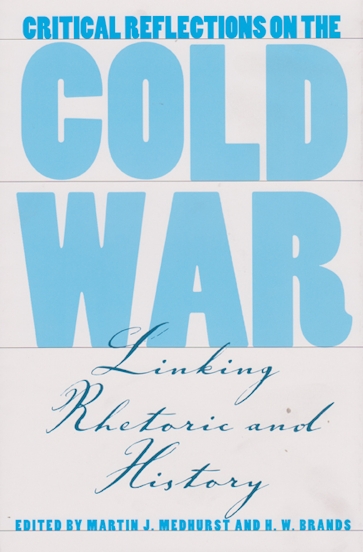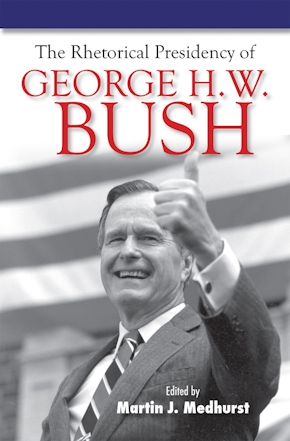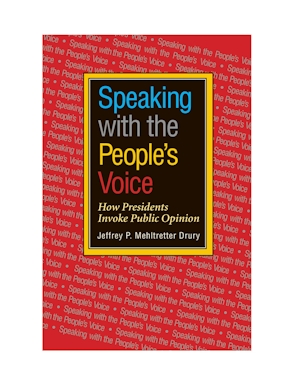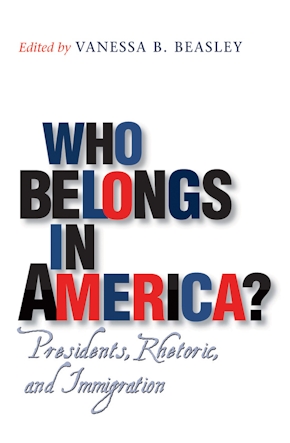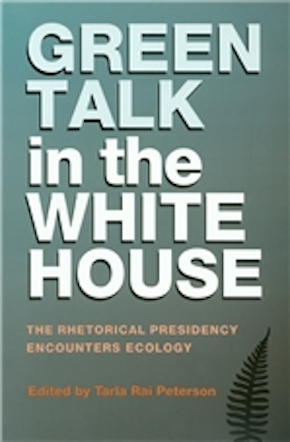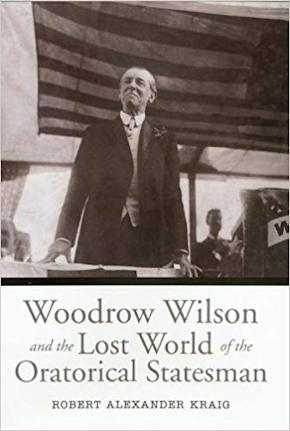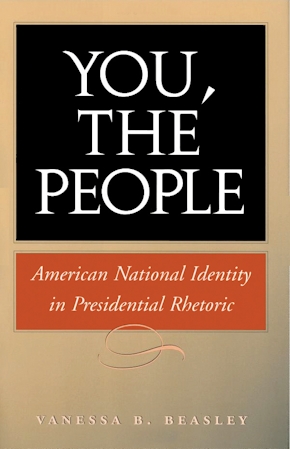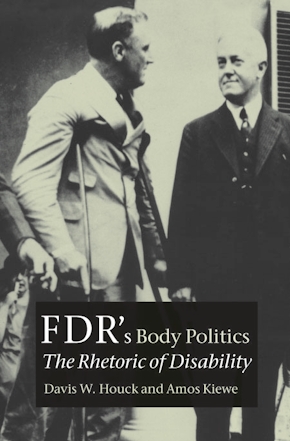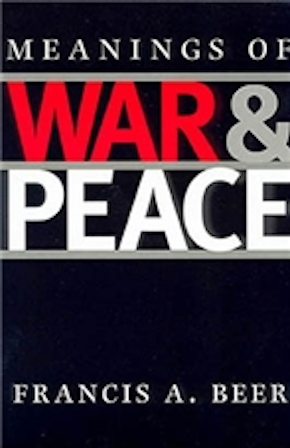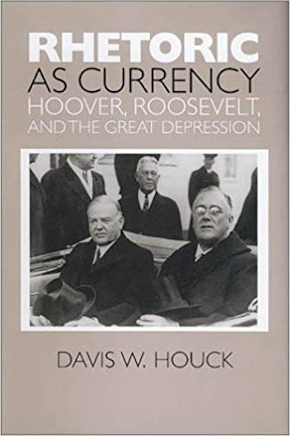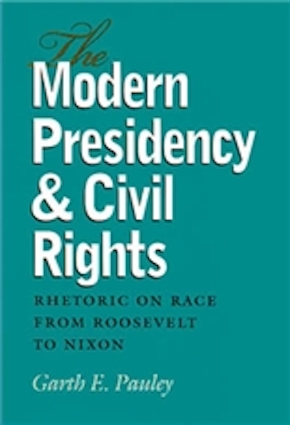Critical Reflections on the Cold War
Linking Rhetoric and History
978-0-89096-943-4 Cloth
6.12 x 9.25 x 0 in
296 pp.
Pub Date: 08/01/2000
Available
The book opens with Norman Graebner's wideranging analysis of the rhetorical background of the Cold War. Frank Costigliola then parses Stalin's speech of February, 1946, an address that many in the West took as a declaration of war by the USSR. The development of NSC68 in 1950, often referred to as America's “blueprint” for fighting the Cold War, is the subject of Robert P. Newman's review.
Shawn J. ParryGiles and J. Michael Hogan then focus on American propaganda responses to the perceived Soviet threat. H. W. Brands, Randall B. Woods, and Rachel L. Holloway examine the effects of liberal ideology and rhetoric on domestic and foreign policy decisions. Robert J. McMahon and Robert L. Ivie raise the issue of what it has meant to be the “leader of the Free World” and what the task of postCold War rhetoric will be in this regard.
Scholars concerned with the role of words in public life and in the study of history will find challenging material in this interdisciplinary volume. Historians, speech communication scholars, and political scientists with an interest in the Cold War will similarly find grist for further milling.
Presidential Rhetoric and Political Communication
About the Author
Published by Texas A&M University Press
